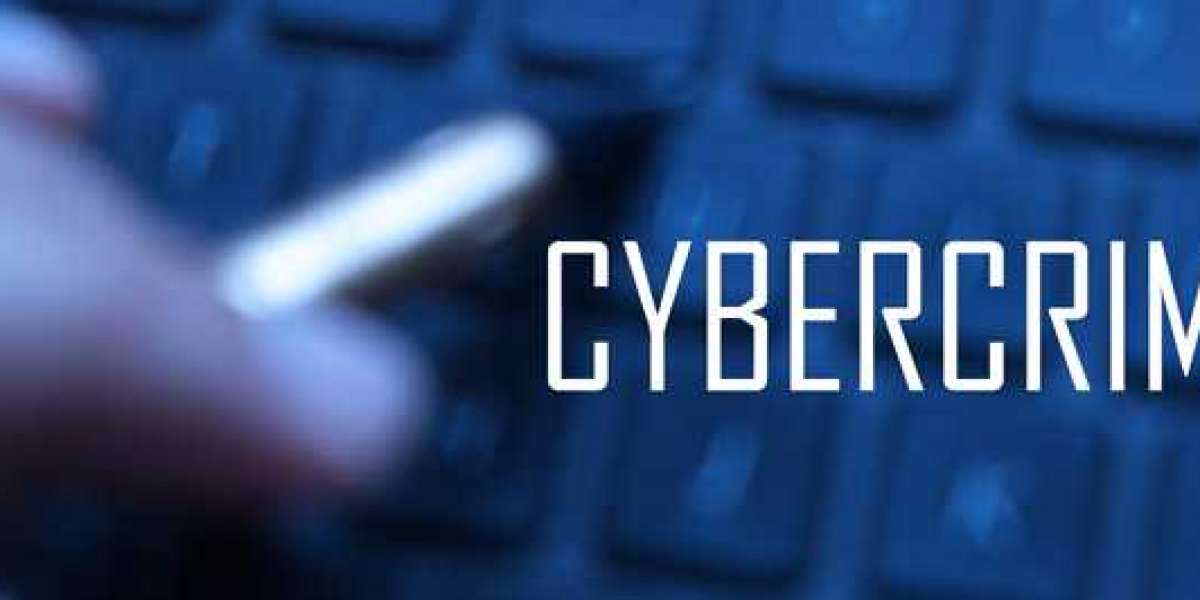Cybercrime is an ongoing threat in today’s time.
You might think that the only form of cybercrime you have to worry about is hackers stealing your financial information. But it may not be so simple. There are far more concerns than just basic financial ones. Cybercrime continues to evolve, with new threats surfacing every year.
When you hear and read about the range of cybercrimes out there, you might be tempted to stop using the internet entirely. That’s probably too drastic.
Instead, it’s a good idea to know how to recognize cybercrime, which can be the first step to helping protect yourself and your data. Taking some basic precautions and knowing who to contact when you see others engaged in criminal activities online are also important steps.
You might want to learn how to prevent cybercrime, but here’s the thing: You can’t. You can, however, take precautions to help protect against it.
Cybercrime is any crime that takes place online or primarily online. Cybercriminals often commit crimes by targeting computer networks or devices. Cybercrime can range from security breaches to identity theft.
Other cybercrimes include things like “revenge porn,” cyber-stalking, harassment, bullying, and child sexual exploitation.
Terrorists collaborate on the internet, moving terrorist activities and crimes into cyberspace. It is true that cybercrime is increasing in occurrence each day and evolving to become more complex. But what is cybercrime? What constitutes such a significant (and growing) industry? In the broadest sense, cybercrime is any type of illegal activity involving the internet. Some of the most common types of cybercrime include identity theft and information misuse, data and intellectual property theft, human trafficking, child pornography, and terrorism. As you might guess from our variation of song lyrics, many of these crimes are committed using a variety of cyber security attack tactics such as phishing, CEO fraud, man-in-the-middle (MitM), hacking, SQL injections, DDoS, and malware attacks. Historically, these crimes were committed by lone wolves. Nowadays, however, cybercrime is a booming industry comprised of criminal enterprises, organized hacker syndicates, hacktivists, and nation-state actors.
Cybercrimes are broadly categorized into three groups such as crime against
- Individual
- Property
- Government
This type of cybercrime can be in the form of cyber stalking, distributing pornography, trafficking and "grooming". In present situation, law enforcement agencies are considering such cybercrime very serious and are joining forces worldwide to reach and arrest the committers.
Same as in the real world where a criminal can steal and pickpocket, even in the cyber world, offenders resort to stealing and robbing. In this case, they can steal a person's bank details and drain off money; misuse the credit card to make frequent purchases online; run a scam to get naive people to part with their hard earned money; use malicious software to gain access to an organization's website or disrupt the systems of the organization. The malicious software can also damage software and hardware, just like vandals damage property in the offline world.
Crimes against a government are denoted to as cyber terrorism. If criminals are successful, it can cause devastation and panic amongst the citizen. In this class, criminals hack government websites, military websites or circulate propaganda. The committers can be terrorist outfits or unfriendly governments of other nations.







